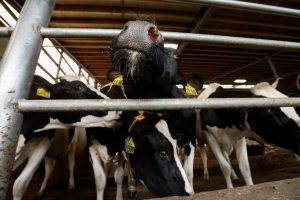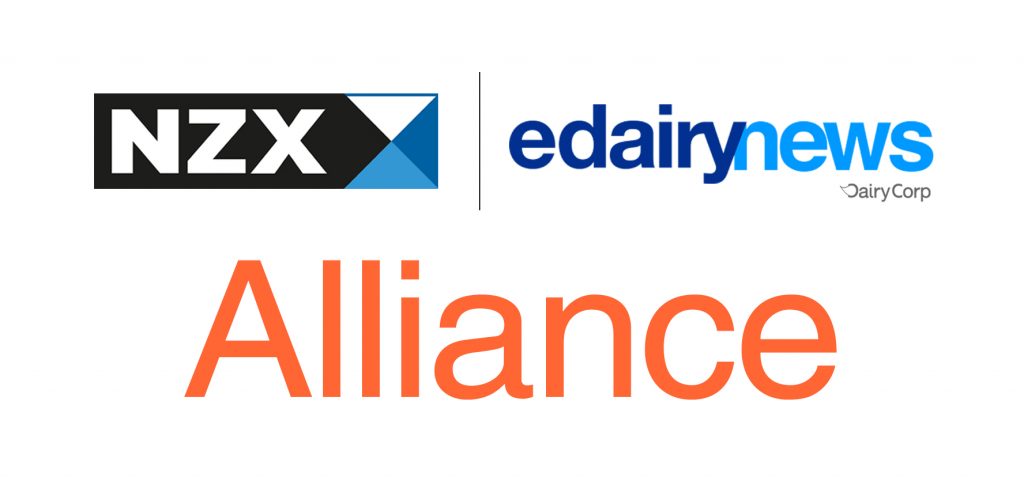The year was 2008. The real estate bubble, which had led to high real estate prices was in the process of getting punctured in the US and other parts of the Western world.
And for some reason the price of milk was going up. A curious economist spoke to a farmer and asked why was this happening. The farmer said that the cost of his inputs had gone up, like the price of sawdust had doubled.
But the price of sawdust had gone up and the dairy farmers were not using as much of it to comfortably bed their cows as they had in the past. So, why had the price of sawdust gone up? As Rhoads writes, “The reason for the increase in the price of sawdust was the sharp downturn in the production of new housing. Since construction of new houses was down, there was less sawdust.”
This leads to the question, why was the construction of new houses were down? With the real estate bubble fizzling out, the demand for new homes for speculation had fallen. With the demand for new homes falling, there was less demand for and use of lumber to build new homes.
With demand for lumber falling, less sawdust was produced. This pushed up the price of sawdust, leading to dairy farmers using less sawdust and cows being less comfortably bedded and in the process producing less milk, pushing up the price.
The larger point of this example is that economic trends can be complicated with many underlying reasons, which are not always easy to decipher. Take the case of the recent fall in the price of stocks. The simplest reason on offer is that the Federal Reserve of the United States is planning to bring its easy money policy to an end and start raising interest rates. And that being the case, investors are exiting the stock market.
But there are other reasons at play as well. High inflation in India and across the world is an important reason. This means that company earnings cannot keep going up at the same pace as they have in the recent past. Further, oil prices are rising. And there is a threat of a war in Ukraine.
Does this mean that stock prices will keep falling? There is no definite answer here. While, the Federal Reserve is bringing its easy money policy to an end, China is following one. Also, the question now being asked is, what if the end of the easy money policy by the Federal Reserve triggers a recession in the US and other parts of the world. Or what happens if another deadly variant of the covid virus comes around? Will that lead to the Federal Reserve and other central banks going back to an easy money policy and stock prices going up again?
In that sense, one is playing probabilities here. The chances of stock prices going up substantially again in 2022 are low, nonetheless, one can’t say this with full certainty.
Of course, there are stock market experts out there who have made a career out of saying things with full certainty. And people love this confidence, because the experts are saying what people want to hear.
Like right now, many retail investors want to be told that the fall is temporary and will end soon. The trouble is that given the large number of interrelated factors at play, nobody really knows, but that does not stop experts from being confident and telling people what they want to hear.
As Dan Gardner writes in Future Babble, “Feeling good about a judgement is a prerequisite to acting on it… [Overconfidence] encourages people to take action and makes them more resilient in the face of setbacks.” Now just because you are making a decision and feeling resilient based on your or someone else’s overconfidence, doesn’t mean that it will turn out to be the right one. That’s the long and the short of it.
















